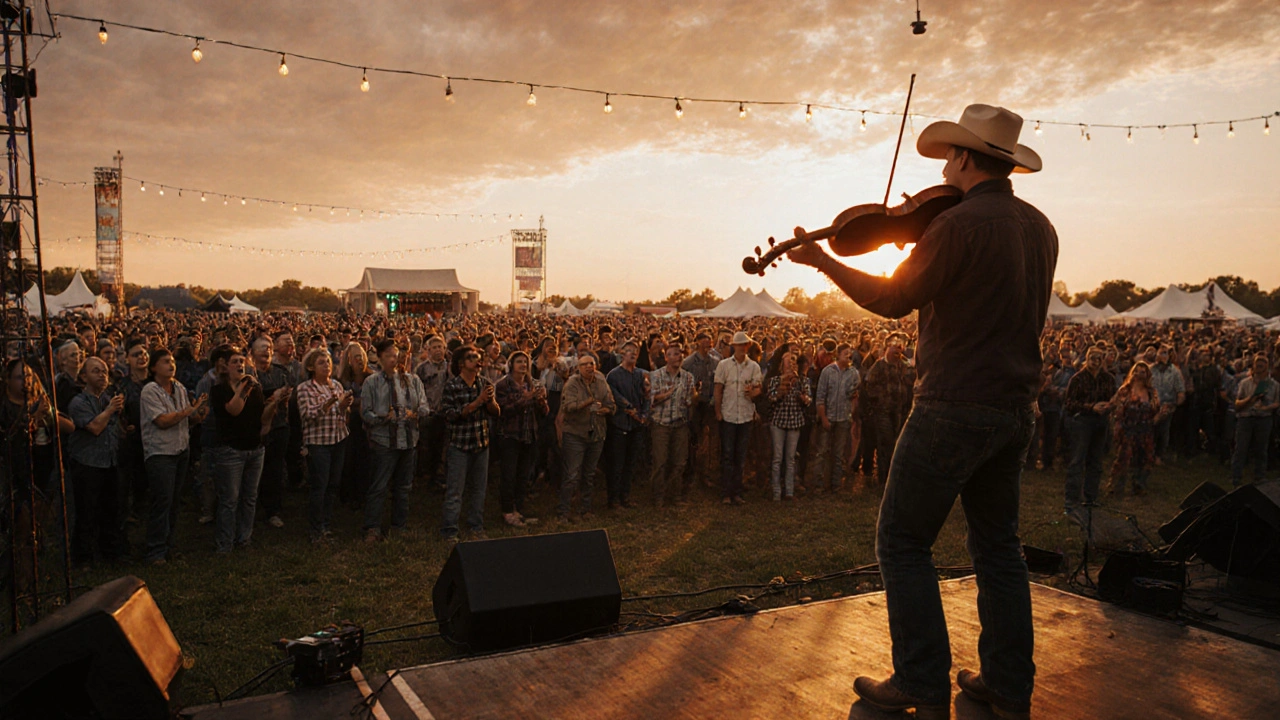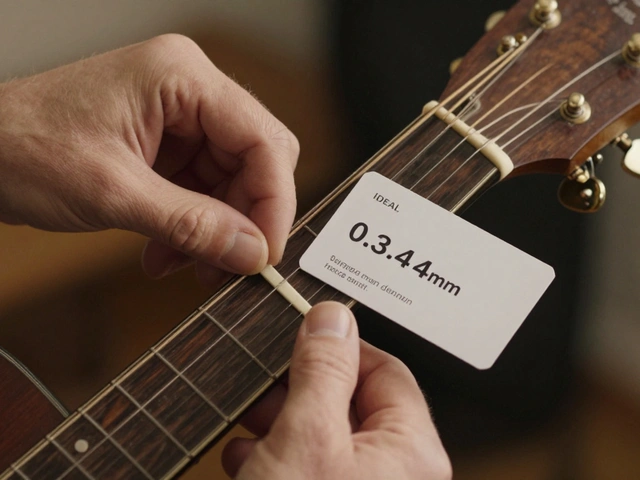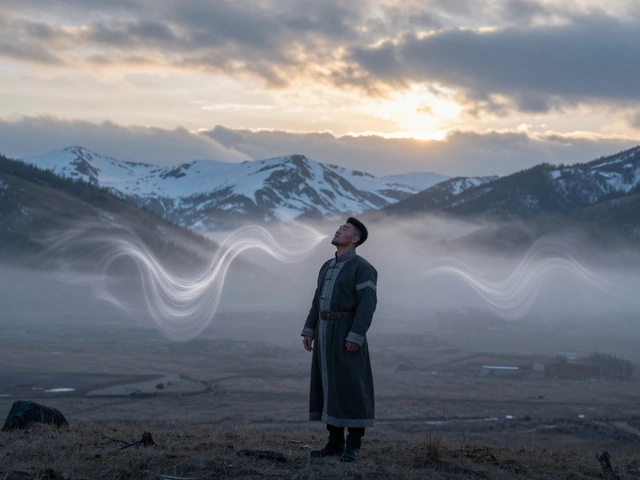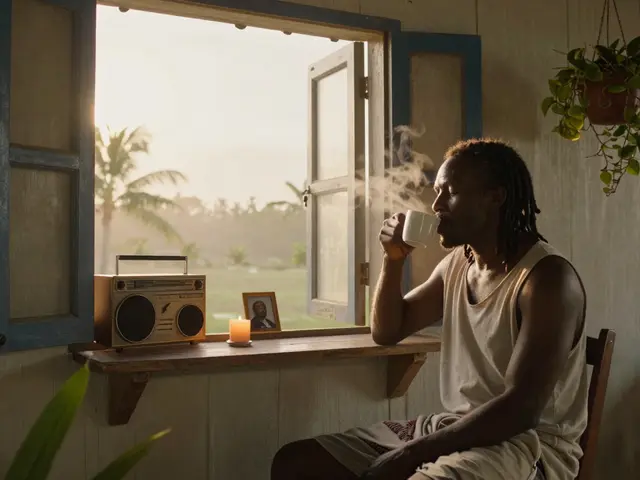Country Music Festival Packing Checklist
Get ready for your country music festival experience with this essential packing list based on insider advice. Check off items as you pack to ensure you're prepared for all-day fun and community spirit.
Remember:
Leave behind: expensive jewelry, fancy clothes, expectations of a quiet night
There’s something about country music festivals that pulls you in-not just the twang of a steel guitar or the shout of a fiddle, but the way the whole crowd sings along like they’ve known the words since childhood. It’s not just a concert. It’s a gathering. A reunion. A place where strangers become friends over shared stories, dusty boots, and cold beer under open skies. If you’ve ever been to one, you know. If you haven’t, you’re missing out on one of the most authentic, heart-driven experiences in live music today.
What Makes a Country Music Festival Different?
Unlike pop or rock festivals that chase big stage effects and celebrity cameos, country music festivals are built on connection. The artists aren’t just performing-they’re sharing. You’ll see a headliner step off stage after a song, grab a beer, and chat with fans in the merch line. You’ll hear a local band play a cover of a classic that’s never been recorded, and the whole field will lose their minds. That’s the magic.
These festivals aren’t about volume. They’re about truth. The lyrics tell stories about working the land, losing love, finding faith, and raising kids. The crowd doesn’t just listen-they feel it. That’s why you’ll see grandmas in cowboy hats singing along to a song about a pickup truck, and teenagers in band tees crying during a ballad about a father’s last letter.
There’s no pretense here. No filters. No algorithms telling you what to like. Just real people, real music, and real moments.
The Big Names You Can’t Miss
If you’re new to the scene, you’ve probably heard of Luke Combs, Carrie Underwood, or Chris Stapleton. But the real heart of these festivals lies in the names you won’t find on streaming playlists. Think Tyler Childers, whose raw Appalachian sound draws crowds like a campfire draws moths. Or Margo Price, who sings about poverty and resilience like she’s telling you her own story over coffee. Then there’s The Highwomen, a supergroup of women who’ve brought back the harmony-driven sound of 90s country with a modern edge.
At the Stagecoach Festival in California, you’ll see Brothers Osborne tear through a 10-minute version of ‘Skeletons’ that leaves the whole crowd breathless. At the CMA Fest in Nashville, Tracy Lawrence still plays ‘If the World Had a Front Porch’ like it’s 1993-and the crowd still sings every word like it’s their own childhood.
These aren’t just concerts. They’re living archives. Every festival is a chance to hear music that’s been passed down, reimagined, and kept alive by people who still believe in the power of a good story.
Where the Best Festivals Happen
You don’t need to fly to Nashville to find the real thing. Some of the most powerful country music festivals happen in places you wouldn’t expect.
- Stagecoach (Indio, California)-The West Coast’s answer to Nashville. Big names, but still feels intimate. The desert sun sets behind the stage as fiddles and banjos echo across the sand.
- CMA Fest (Nashville, Tennessee)-The biggest. Four days of free shows across downtown. You’ll find artists playing in parking lots, on hotel balconies, even in grocery store aisles. It’s organized chaos, and it’s perfect.
- Bluegrass & Beyond (Greeneville, Tennessee)-A small-town gem where you’ll hear 80-year-old fiddlers play with 16-year-olds who’ve never touched a guitar before. The stage is a wooden porch. The crowd sits on hay bales.
- Country Thunder (Saskatchewan, Canada)-Yes, Canada has a booming country scene. This one draws 80,000 people to the prairies every July. You’ll hear Canadian artists like Shania Twain and Dean Brody alongside Americans, all under open skies.
- Boone Creek Music Festival (North Carolina)-A hidden gem where the lineup changes every year based on fan votes. No corporate sponsors. Just local food trucks, handmade crafts, and music that doesn’t care about charts.
Each one has its own flavor. But they all share the same soul.
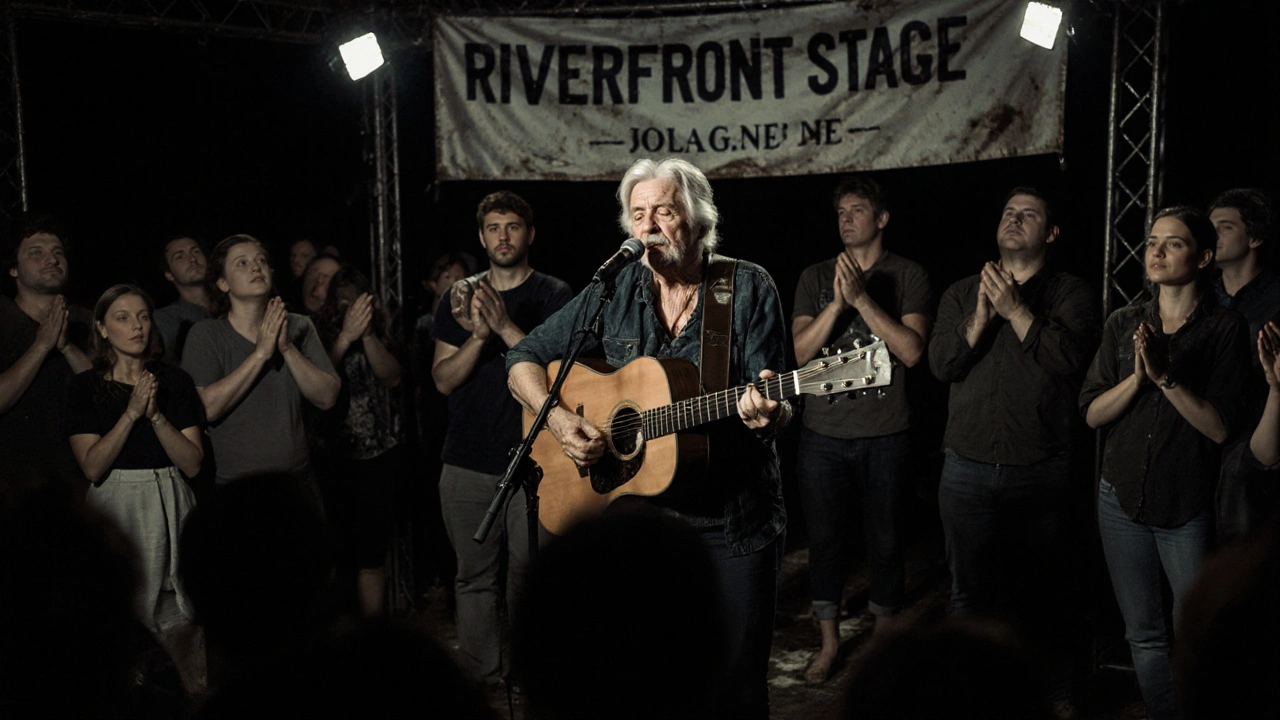
What to Bring (And What to Leave at Home)
You can’t just show up in sneakers and a t-shirt and expect to survive. Country festivals are outdoor events that last all day-and often all night. Here’s what works:
- Comfortable boots-You’ll be walking on dirt, grass, and gravel for hours. Steel-toe isn’t necessary, but good grip is.
- Light layers-Mornings are cool, afternoons are hot, nights get chilly. A flannel shirt and a light jacket are your best friends.
- Reusable water bottle-Most festivals have free refill stations. Save money and plastic.
- Small backpack-Keep your phone, sunscreen, lip balm, and a snack in there. No large bags allowed.
- Portable phone charger-You’ll be taking photos, checking set times, and texting friends. Don’t run out of power.
Leave behind: expensive jewelry, fancy clothes, and your expectations of a quiet night. This isn’t a club. It’s a community.
How to Find the Hidden Gems
Most people head straight for the headliner’s stage. That’s fine. But the real magic happens on the side stages.
At CMA Fest, the Riverfront Stage is where you’ll catch unsigned artists who’ve been playing honky-tonks for ten years. One year, I heard a 72-year-old woman from Alabama sing a song she wrote about her husband’s dementia. No backing band. Just her voice and a guitar. People stood still. No one moved. No one spoke. When she finished, the whole crowd clapped for three minutes.
At Stagecoach, the Bluegrass Tent is often overlooked. But that’s where you’ll hear banjo players from West Virginia who’ve never been on a podcast. They play like their lives depend on it.
Ask the vendors. Talk to the people in line. Ask, ‘Who’s playing that you didn’t expect?’ You’ll get answers that lead to the best moments of the whole weekend.

The Rules of the Festival
There are no official rules. But there are unwritten ones. Follow them, and you’ll fit right in.
- Don’t block the view-If you’re tall, don’t stand in front of someone who paid just as much as you. Move to the side or sit down.
- Don’t take over the dance floor-If someone’s dancing alone, don’t push in. Let them have their moment. Country dancing is personal.
- Don’t be loud during ballads-When the music gets quiet, the crowd gets quiet. It’s not rude-it’s respectful.
- Buy merch from the artist-Not the booth. Not the online store. The actual person on stage. That’s how they pay for next year’s tour.
- Bring cash-Many food trucks and vendors don’t take cards. And you’ll want to tip the guy who refills your water.
These aren’t just etiquette tips. They’re how you show up as a real part of the culture.
Why This Matters More Than Ever
In a world where everything is curated, streamed, and filtered, country music festivals are one of the last places where music still feels human. Where you can’t just scroll past a song-you have to be there to hear it. Where the artist knows your name because you’ve seen them play five times. Where your kid learns to play the fiddle because they watched someone do it on a dirt stage and thought, ‘I can do that.’
These festivals aren’t just entertainment. They’re resistance. Resistance to the idea that music should be packaged, sold, and consumed like a product. They’re proof that people still want to gather. To sing. To feel. To remember.
And if you go to one-really go-you’ll leave with more than a playlist. You’ll leave with a piece of something that hasn’t changed in 50 years. And maybe, just maybe, you’ll find a part of yourself you didn’t know was missing.
Are country music festivals family-friendly?
Yes, most are. Many festivals have dedicated kids’ zones with face painting, crafts, and mini concerts for younger fans. Some even offer free childcare during headliner sets. But it’s still a big outdoor event-bring sunscreen, hats, and extra snacks. The vibe is welcoming, but not all stages are quiet. If your child gets overwhelmed, most venues have quiet tents or shaded areas to take a break.
Can you camp at country music festivals?
Many do offer camping, and it’s part of the experience. Think of it like a weekend with your extended family-everyone’s got a cooler, a guitar, and stories to swap. Campgrounds are usually grouped by ticket type: general, VIP, or RV. Bring your own tent, water, and a good pair of earplugs-some people start singing at 5 a.m. And yes, you can bring your own food and non-alcoholic drinks. Alcohol rules vary by festival, so check ahead.
How much do tickets cost?
Prices vary by festival and ticket type. A single-day pass at a smaller event like Boone Creek might be $45. A three-day pass at Stagecoach or CMA Fest runs $200-$400. VIP packages with early entry, private restrooms, and food vouchers can hit $700. But there are often free stages and local acts you can catch without a ticket-especially in Nashville, where the city turns into one big festival during CMA week.
What if I don’t know any country songs?
You don’t need to. The beauty of these festivals is that you’ll learn fast. Start by listening to the crowd-they’ll sing along even if you don’t. Pick up a setlist, look up the songs on your phone between sets, or just let the music wash over you. Many artists start with a story before they play-a reason the song matters. Once you hear that, you’ll feel it. You don’t need to know every lyric. You just need to show up.
Are country music festivals only in the U.S.?
No. While the biggest are in the U.S., country music has a strong global following. Canada has major festivals like Country Thunder Alberta. Australia has the Tamworth Country Music Festival-the largest in the Southern Hemisphere-with over 100,000 attendees every January. Even the UK has growing scenes in places like Bristol and Manchester. The culture travels because the stories do: love, loss, work, home. They’re universal.

